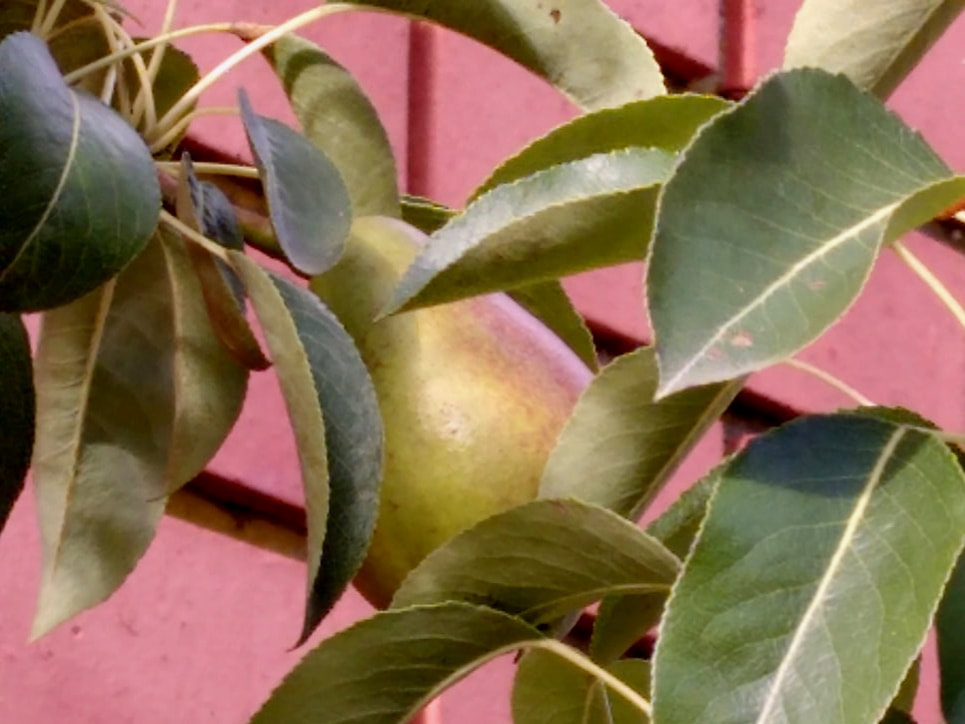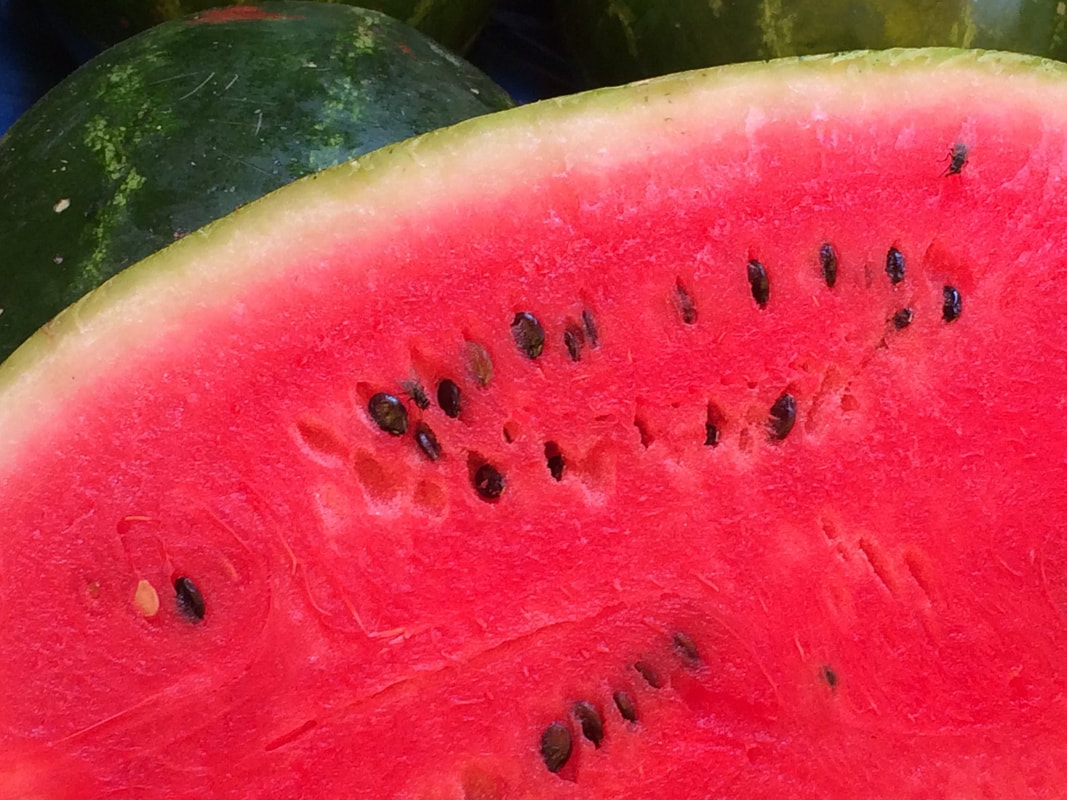The Pear is called 棃子 lí zi in Mandarin. There are 3000 known varieties of Pyrus around the world. We have come to know Pears as "pear-shaped," but there is also the Nashi Pear which is rounder. In Chinese Medicine, Pears are cooling in temperature, with sweet and sour flavors. They enter the channels of Lung, Large Intestines, Gallbladder and Spleen. Like Apples, Pears are from the Rosaceae family, the same family of the Rose. Their main function is to tonify Yin and moisten dryness, especially in relation to the Lung with symptoms like thirst, dry throat as well as skin. They may also help with constipation, specifically when the stools are hard and dry, indicating a Yin deficiency, which can often happen when we get older. Another function of Pears is to cool heat in the Lungs and dispel phlegm. Here we have once again food that is medicinal. One of my teachers in Chinese Medicine school gave us a recipe for a lovely dessert with Pears for the Autumn to help moisturize the Lungs that tend to get irritated in this season. Simply steam the Pears on a plate for 15 minutes and then remove from heat. Then drizzle a teaspoon of honey over the steamed Pears to enhance the Lung moisturizing effect. Definitely drink the juice that has been released from the steaming process.
I have a Pear tree growing in my garden, which my husband and I planted when we moved into our home a few years ago. Last year, as the Spring and Summer were warm and sunny, our young, tender-branched tree bore an incredible amount of fruit, something like 30. Its branches began to bend from the load of the fruit, we had support them with sticks. This year was a totally different story; it was raining in Spring and the Summer cool, as such, we had ONE Pear growing, which has already been harvested. The fruit harvest was meager but the life lesson rich. I learned that Nature is intelligent, a lot more intelligent than us humans. When it produces too much in a year, the next year's harvest will be milder. Sometimes even no fruit. In this way, the being, whether plant or animal, will be able to conserve its life energy for a longer period of time. Thus, ensuring a higher chance of survival for the coming years. We humans, unfortunately do not understand this concept of respecting limits and Nature's rules. We push things to extremes, "bigger and more is better," making bigger cars, buildings, cities and even more as well as bigger humans. We don't just want a 100 percent, we want a 110 percent! So, what happens then is that we overdraw on our resource account and then we have a deficit, which we will be paying back for generations or even the possibility of not surviving. It is simple math that even a primary school child can solve but we adults just can't seem to figure it out.
The answer is simple, USE LESS. Find balance, just take enough and put back what we take. Treat every being with respect, even the common Pear. It has many lessons to teach us.
Image by Elaine



 RSS Feed
RSS Feed